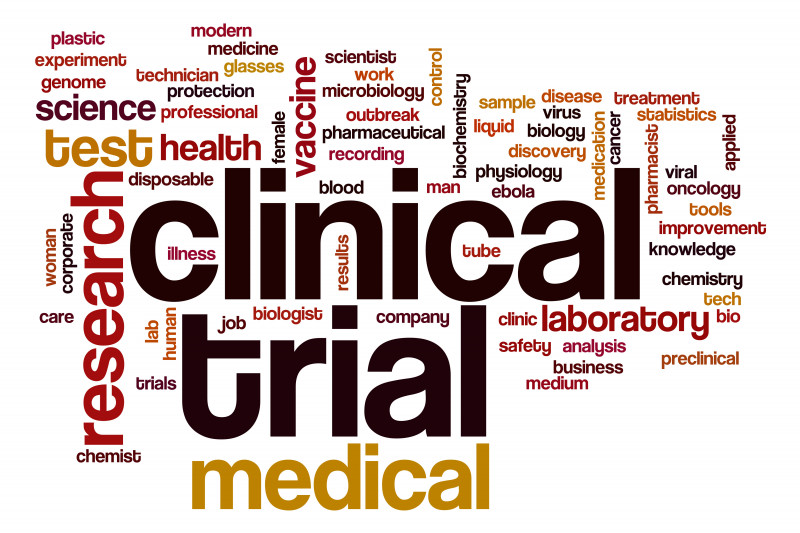FDA Lifts Hold on Clinical Trials of Intrathecal OAV-101

breakstock/Shutterstock
The U.S. Food and Drug Administration (FDA) has lifted its partial hold on clinical trials of OAV-101 (AVXS-101), an investigational intrathecal gene therapy for the treatment of spinal muscular atrophy (SMA).
The agency put a hold on the open-label clinical trial STRONG in 2019, citing concerns seen in animal studies. In particular, there was concern that intrathecal administration — when a treatment is injected through the spine, directly into the fluid that surrounds the brain and spinal cord — might cause damage to dorsal root ganglia (DRG), a type of neuronal structure in the spine.
Now, Novartis — the company developing OAV-101 — has completed a comprehensive set of toxicology studies in nonhuman primates. The results of these studies “addressed all issues identified,” according to a press release from Novartis.
“We are very pleased that our comprehensive nonclinical data package has addressed all issues identified related to DRG toxicity and the FDA has reached the decision that we may proceed with our OAV-101 IT [intrathecal] clinical trial program,” said Shephard Mpofu, MD, the chief medical officer at Novartis Gene Therapies.
SMA is caused by mutations in the gene SMN1. The goal of gene therapies like OAV-101 is to deliver a non-mutated version of this gene to the body’s cells. When given by intravenous (IV) infusion, OAV-101 is known as Zolgensma and approved by the FDA to treat all SMA patients up to age 2.
The STRONG trial (NCT03381729) investigated the effects of three different doses of OAV-101 in children with SMA types 2 and 3, ages 6 months to 5 years. Findings from the trial have indicated that the treatment can improve motor function, particularly in trial participants who are 2 years or older.
With the FDA hold lifted, Novartis now is planning to launch a new Phase 3 clinical trial called STEER, which will test OAV-101 in children and adolescents with SMA type 2.
STEER aims to enroll more than 100 participants between the ages of 2 and 18 who are able to sit, but have never walked. The trial will enroll only treatment-naïve participants (individuals who have never been treated).
Participants will be given either OAV-101 or a sham procedure, then monitored for 52 weeks (about a year). After that time, participants given the sham procedure will be given the active treatment, and vice versa.
The trial’s main goal is to assess the effect of treatment on motor function, as assessed with the Hammersmith Functional Motor Scale-Expanded (HFMSE). Other measures of physical function, as well as safety and tolerability, also will be assessed.
“We believe that all patients diagnosed with SMA should be able to benefit from the transformative impact of gene therapy and we remain confident that investigational OAV-101 IT is a viable potential treatment path for older patients who often have ongoing unmet needs, and for whom a one-time treatment could be especially compelling,” Mpofu said.








